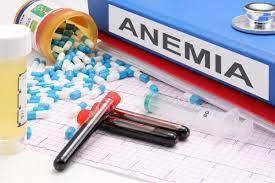RELIGION

RELIGION Religion remains a powerful and important force in public life. Most of the religions share the basic framework of helping others, being kind to each other, and striving to become better human beings by doing the morally right things. Religion brings us together and helps us form a community. It gives us purpose and shows the right path to people who are morally lost in life, it provides existential meaning and hope. Through stories, religion teaches us to practice feelings of empathy and compassion for others. No one knows for sure whether these stories are true or not or to what extent they are true, but that is not important. The important thing in these stories is the moral, the teachings, the message that they give to the people. The people in the stories aren’t important, rather what they do and teach us to do is of most importance. ...
